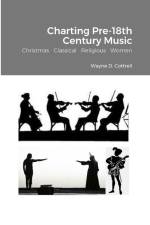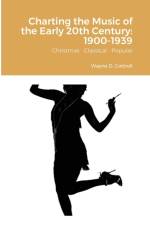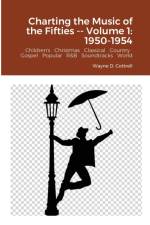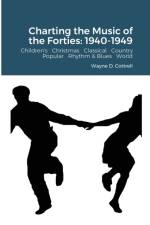- 1955-1959 (Usa)
av Wayne Cottrell
685
What is the number twelve popular single of 1955-1959? "Sincerely" by The McGuire Sisters & Dick Jacobs. The single was one of several mid-1950s Pop hits by white acts which were originally successful on the R&B charts by black acts. The McGuires would go on to become the top female group of the second half of the'50s. The number 12 R&B single is "My Blue Heaven" by Fats Domino, one of 18(!) R&B hits that he had between 1955 and 1959. His recordings altered between new material and older songs, such as "My Blue Heaven." How about the number 12 country single? "I Walk the Line" by Johnny Cash, who wrote it as a love song to his first wife. How about the number 12 pop album? The soundtrack to "The King & I," starring Yul Brynner, with Marni Nixon's voice dubbed in for costar Deborah Kerr. The number 12 summertime single is "The Three Bells" by the Browns, a family trio. Jimmy Brown, whose lifetime is lyricized in the somber song, is fictional -- no relation to to the Browns. The number 12 easy listening single is the double-sided "You Send Me/ Summertime" by Sam Cooke, the most successful recording of his all-too-short career. George Gershwin's "Summertime" has been recorded more times than any other song in history. The number 12 jazz album is "Ella & Louis," the first of two collaborations between, arguably, the two most legendary jazz artists of all-time. The book features compilations of the top singles and albums in the music genres of Pop, R&B and Country, along with Children's, Christmas, Classical, Easy Listening, Jazz, and Film Soundtracks. There are numerous short biographies on top artists and composers, indexes to artists and titles, and an extensive bibliography. Each recording is scored (and then ranked) according to the weekly or monthly music chart on which it performed the best (e.g., "Billboard," "Cash Box," "Your Hit Parade," etc.). The scoring method was developed by the author. It is a unique and useful approach to chronicling our musical past!






